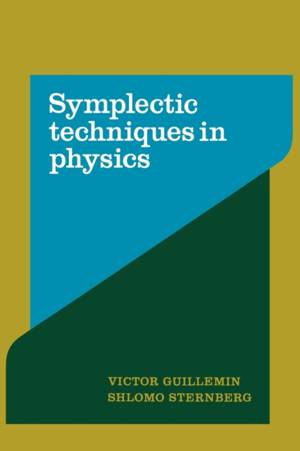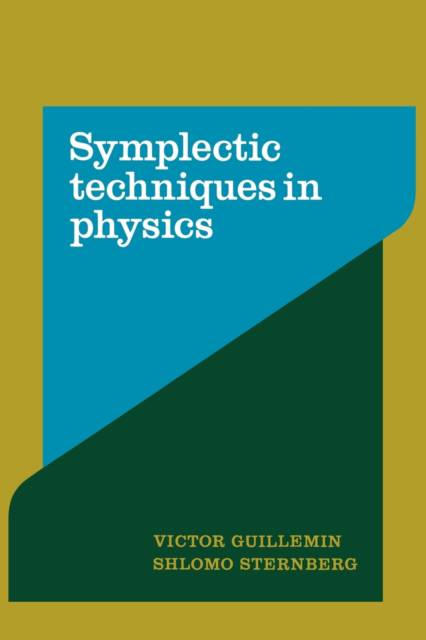
- Afhalen na 1 uur in een winkel met voorraad
- Gratis thuislevering in België vanaf € 30
- Ruim aanbod met 7 miljoen producten
- Afhalen na 1 uur in een winkel met voorraad
- Gratis thuislevering in België vanaf € 30
- Ruim aanbod met 7 miljoen producten
Zoeken
€ 103,95
+ 207 punten
Omschrijving
Symplectic geometry is very useful for formulating clearly and concisely problems in classical physics and also for understanding the link between classical problems and their quantum counterparts. It is thus a subject of interest to both mathematicians and physicists, though they have approached the subject from different viewpoints. This is the first book that attempts to reconcile these approaches. The authors use the uncluttered, coordinate-free approach to symplectic geometry and classical mechanics that has been developed by mathematicians over the course of the past thirty years, but at the same time apply the apparatus to a great number of concrete problems. Some of the themes emphasized in the book include the pivotal role of completely integrable systems, the importance of symmetries, analogies between classical dynamics and optics, the importance of symplectic tools in classical variational theory, symplectic features of classical field theories, and the principle of general covariance.
Specificaties
Betrokkenen
- Auteur(s):
- Uitgeverij:
Inhoud
- Aantal bladzijden:
- 484
- Taal:
- Engels
Eigenschappen
- Productcode (EAN):
- 9780521389907
- Verschijningsdatum:
- 25/05/1990
- Uitvoering:
- Paperback
- Formaat:
- Trade paperback (VS)
- Afmetingen:
- 154 mm x 234 mm
- Gewicht:
- 725 g

Alleen bij Standaard Boekhandel
+ 207 punten op je klantenkaart van Standaard Boekhandel
Beoordelingen
We publiceren alleen reviews die voldoen aan de voorwaarden voor reviews. Bekijk onze voorwaarden voor reviews.











